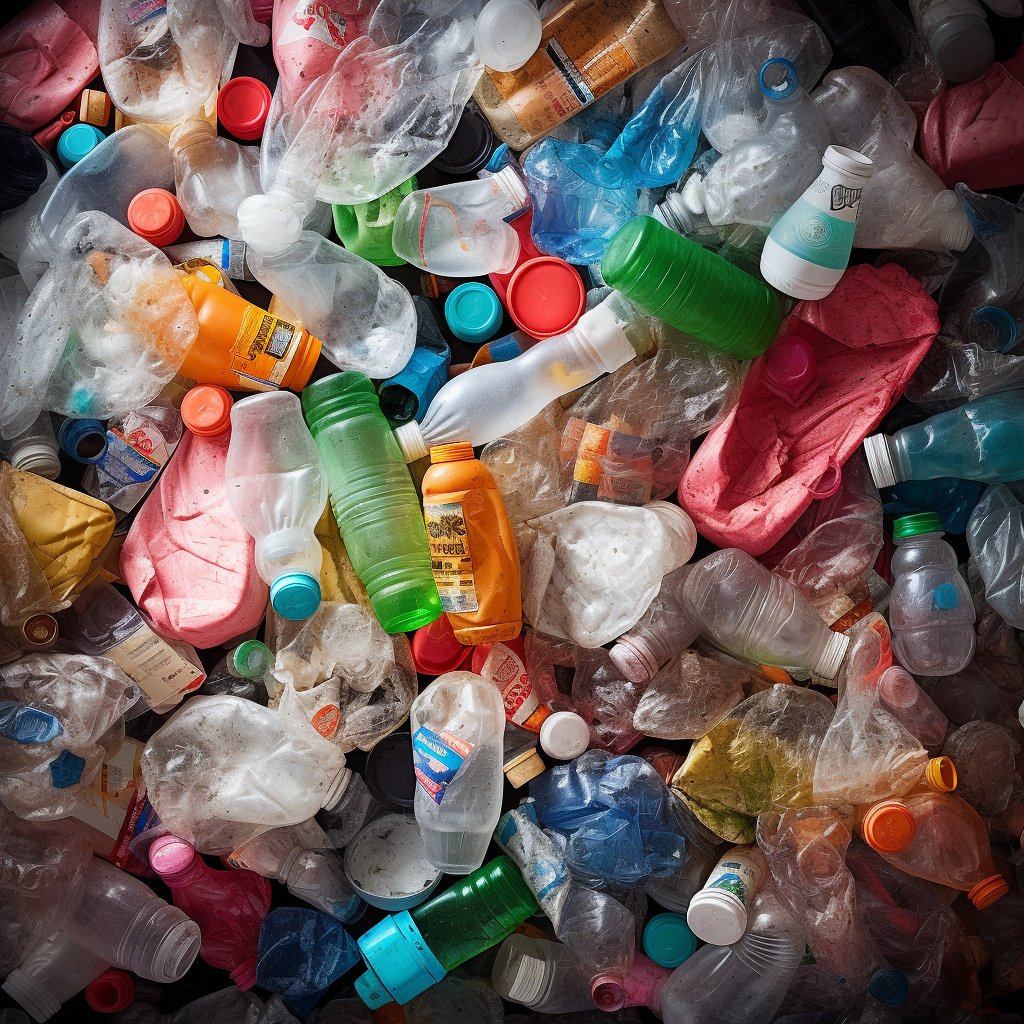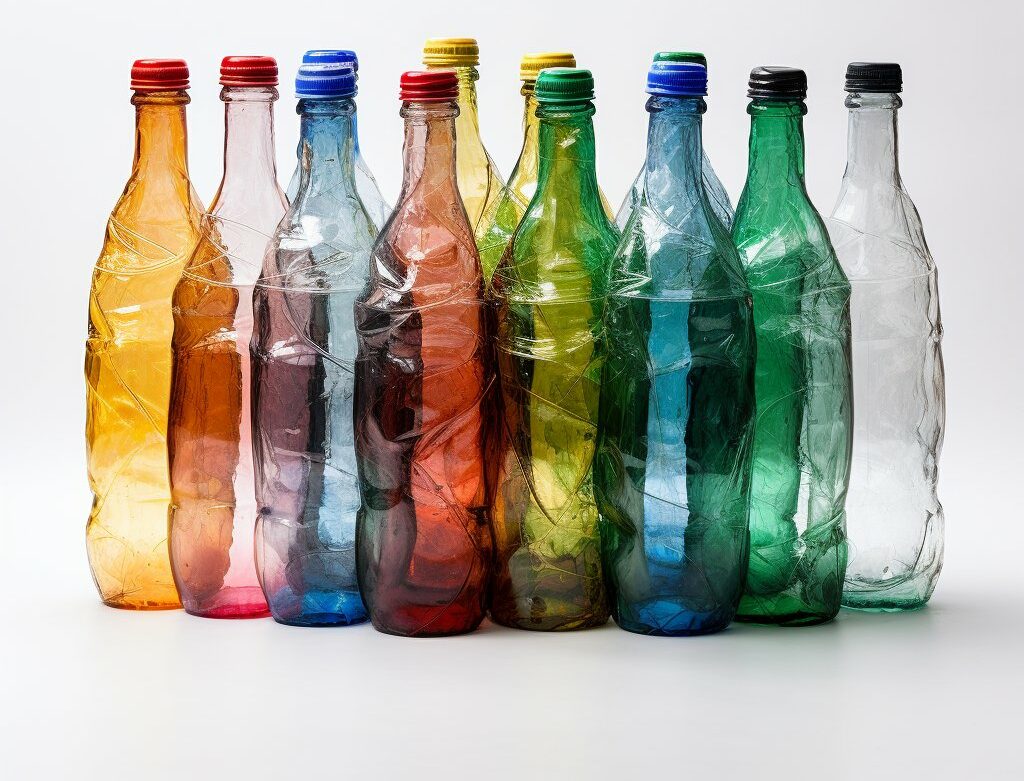The world is facing a growing waste crisis, with overflowing landfills and oceans polluted with plastic waste. Many industries and governments are turning to waste-to-fuel recycling, reducing waste in landfills and providing renewable energy.
As the world becomes more conscious of environmental sustainability, a growing interest has been in recycling waste to produce fuel. Waste-to-fuel recycling converts waste materials into energy, typically by transforming them into usable fuel. This recycling method offers several benefits, including reducing waste volume, conserving resources, and reducing greenhouse gas emissions.

Types of Waste-to-Fuel Recycling
There are several types of waste-to-fuel recycling, including:
- Biomass-to-energy: This process involves converting organic waste materials, such as agricultural waste, food waste, and forestry residues, into energy. Biomass-to-energy is commonly used to generate heat and electricity.
- Waste-to-liquid (WTL): This process involves converting solid waste materials, such as plastic, into liquid fuels. WTL typically involves a process known as pyrolysis, which involves heating the waste material to high temperatures in the absence of oxygen.
- Waste-to-gas (WTG): This process involves converting waste materials into a gaseous fuel, such as hydrogen, methane, or synthetic natural gas (SNG). WTG is typically achieved through a process known as gasification, which involves heating the waste material to high temperatures in the presence of a gasifying agent.
Industrial Usage
Waste-to-fuel recycling has several industrial applications. Biomass-to-energy is commonly used to generate heat and electricity, while WTG can be used to produce hydrogen, which is commonly used for transportation. WTL is also being used in the aviation industry to produce biofuels.

Application Areas
Waste-to-fuel recycling has several application areas, including:
- Transportation: Waste-to-fuel recycling can be used to produce biofuels that can be used to power cars, trucks, and other vehicles.
- Electricity Generation: Biomass-to-energy is commonly used to generate electricity.
- Heating and Cooling: Waste-to-fuel recycling can produce heat and cooling, which can be used for industrial processes and building heating and cooling.
Consumer Product Examples
Waste-to-fuel recycling has several consumer product examples, including:
- Biofuels: Biofuels, such as biodiesel and ethanol, are commonly used as an alternative to gasoline and diesel fuel.
- Bioplastics: Bioplastics are plastic made from renewable biomass sources, such as corn starch, and can be used in various consumer products, including food packaging and disposable cutlery.
Material Properties
Waste-to-fuel recycling has several material properties, making it an attractive option for sustainable energy production. These properties include:
- High energy content: Waste materials have a high energy content, making them an excellent fuel source.
- Renewable: Waste materials are renewable, which means they can be used to produce energy indefinitely.
- Reduced greenhouse gas emissions: Waste-to-fuel recycling reduces greenhouse gas emissions by diverting waste from landfills and reducing the need for fossil fuels.
Future Trends
The future of the waste-to-fuel market looks promising, with increasing demand for renewable energy sources, sustainable aviation fuels, and hydrogen fuel cell vehicles. The market for biomass-to-energy is expected to continue growing, driven by government incentives and regulations. The market for WTL is expected to grow due to increasing demand for sustainable aviation fuels. In contrast, the market for WTG is expected to grow due to increasing demand for hydrogen fuel cell vehicles. As technology advances and production scales up, the cost of production for waste-to-fuel products is expected to decrease, making them more competitive with conventional fossil fuels.
The future of waste-to-fuel recycling looks promising, with several trends emerging, including:
- Advanced Technologies: Advanced technologies, such as artificial intelligence and machine learning, are being used to optimize waste-to-fuel recycling processes and improve efficiency.
- Circular Economy: Waste-to-fuel recycling is a key component of the circular economy, which aims to reduce waste and conserve resources.
- Innovative Applications: Waste-to-fuel recycling is being explored for innovative applications, such as producing hydrogen for fuel cell vehicles and creating sustainable aviation fuels.
- Collaboration: Collaboration between industries, governments, and universities is becoming more common in the pursuit of sustainable waste-to-fuel solutions.
Different Waste-to-Fuel Recycling Methods
- Biomass-to-energy: The market for biomass-to-energy is expected to grow due to increasing demand for renewable energy sources. The price of biomass varies depending on the type of feedstock and market conditions.
- Waste-to-liquid (WTL): The market for WTL is expected to grow due to increasing demand for sustainable aviation fuels. The price of WTL is generally higher than conventional fossil fuels due to the cost of production.
- Waste-to-gas (WTG): The market for WTG is expected to grow due to increasing demand for hydrogen fuel cell vehicles. The price of WTG is generally higher than conventional fossil fuels due to the cost of production.
Market Price Developments
The market price for waste-to-fuel products varies depending on feedstock and market conditions. Biomass-to-energy prices are affected by supply and demand, as well as government incentives and regulations. WTL prices are generally higher than conventional fossil fuels due to the cost of production, although prices are expected to decrease as production scales up. WTG prices are also higher than conventional fossil fuels, but the cost of production is expected to decrease.
Global Impact
Waste-to-fuel recycling has a positive global impact by reducing waste volume, conserving resources, and reducing greenhouse gas emissions. The global market for waste-to-fuel products is expected to grow due to increasing demand for renewable energy sources, sustainable aviation fuels, and hydrogen fuel cell vehicles. The growth of the waste-to-fuel market is also expected to create jobs and stimulate economic development.
Environmental Impact
- Reduction in Waste Volume: Waste-to-fuel recycling can significantly reduce the volume of waste that would otherwise end up in landfills or oceans. This helps reduce the environmental impact of waste disposal, including soil and water contamination.
- Conservation of Resources: Waste-to-fuel recycling can help conserve natural resources by reducing the need for raw materials to produce new products. This includes reducing the need for fossil fuels, which are a finite resource.
- Reduction in Greenhouse Gas Emissions: Waste-to-fuel recycling can help reduce greenhouse gas emissions by reducing the amount of waste that is burned or left to decompose in landfills, which release methane, a potent greenhouse gas.
Economic Impact
- Job Creation: The waste-to-fuel industry can create jobs in areas such as waste management, transportation, and fuel production.
- Energy Security: Waste-to-fuel recycling can help reduce dependence on imported fossil fuels, which can help enhance energy security.
- Cost Savings: Waste-to-fuel recycling can result in cost savings by reducing the amount of waste that must be disposed of in landfills or incinerated, which can be expensive.
Examples of Impact Around the World
- Europe: The European Union has set targets to increase the use of renewable energy, including waste-to-fuel recycling, to 32% by 2030. This has led to the growth of the waste-to-fuel industry, particularly in countries such as Germany and Sweden.
- United States: Waste-to-fuel recycling is becoming more common in the United States, particularly in areas with limited landfill space. The industry has the potential to create jobs and contribute to energy security.
- Asia: Waste-to-fuel recycling is gaining momentum in Asia, particularly in countries such as China, Japan, and South Korea. This is driven by factors such as increasing waste volumes, limited landfill space, and government incentives for renewable energy.
Overall, the impact of waste-to-fuel recycling can be environmentally and economically positive. By reducing waste volume, conserving resources, and reducing greenhouse gas emissions, waste-to-fuel recycling can contribute to a more sustainable future. Additionally, the industry has the potential to create jobs and contribute to energy security while also providing cost savings.
Waste to fuel:
Waste-to-fuel recycling is a promising solution to the global waste problem, offering benefits in reducing waste volume, conserving resources, and reducing greenhouse gas emissions. With several types of waste-to-fuel recycling processes, industrial applications, application areas, consumer product examples, and future trends, this recycling method is becoming more relevant in the plastics and recycling industry. As professionals in these fields and university students, we have an opportunity to contribute to developing this technology and help create a more sustainable future. By optimising waste-to-fuel recycling processes and innovating new solutions, we can continue to reduce waste and conserve resources, benefiting the environment and society.







